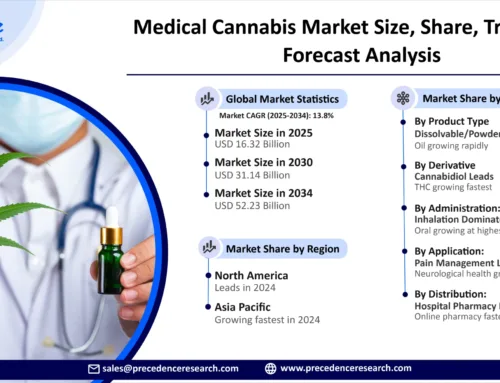Walmart US Nearly Doubled Deliveries Made in Three Hours or Less
May 16, 2025
Walmart’s faster delivery speeds are paying dividends—and helping generate profits—for the retail giant’s e-commerce operation.
At Walmart U.S., the number of deliveries made in less than three hours grew by 91 percent over the year prior, according to CEO Doug McMillon.
Currently, Walmart offers store-fulfilled delivery to 93 percent of U.S. households. By the end of 2025, the Bentonville behemoth says it will be able to deliver to 95 percent of the population within this time frame, McMillon said in the company’s Thursday earnings call.
According to the company, roughly one-third of deliveries from more than 4,500 stores were expedited.
Walmart U.S. achieved e-commerce profitability in the first quarter, driving the company to its first overall online profit ever.
A lot of the profitability comes down to Walmart’s success in cutting delivery costs. While the company did not say how much delivery costs were slashed in the quarter, Walmart has previously touted year-over-year cuts between 15 percent and 40 percent since late 2023.
John David Rainey, chief financial officer and executive vice president at Walmart, said the cost cuts come down to two factors: densifying last-mile deliveries and collecting fees from customers who pay for faster delivery.
“We’re able to spread those deliveries over multiple households. Think about the opportunity to deliver a package to five houses on a street versus one house on a street,” said Rainey. “As we grow, we continue to spread those costs over more volume.”
Alongside the $9.95 standard delivery fee already applied to online shoppers, Walmart tacks on an extra $6 per order if they want it within three hours.
“What the team has done that I’ve been really impressed with is providing customers
flexibility to serve customers when they want to be served the way they want to be served,” said Walmart U.S. president and CEO John Furner. “A Walmart customer can shop at the counter, they can shop with curbside pickup, we have in-home delivery. Our first and third-party delivery options, including fulfillment services for our sellers, have been on a strong growth rate for the last few years.”
The company also ships packages directly from 29 dedicated e-commerce fulfillment centers.
E-commerce sales in the U.S. grew 21 percent on the double-digit growth within its store-fulfilled pickup and delivery options, as well as 31 percent growth in the Walmart Connect advertising business, continuing a consistent string of quarters seeing online growth reach 20 percent or more.
“It has taken a number of years, but we’re pleased with the progress in the growth,” said Furner.
Of the 4.5 percent comparable sales growth in Walmart’s U.S. operation, e-commerce contributed an all-time high rate of 350 basis points (3.5 percentage points). In the previous fiscal year, e-commerce contributed 2.9 percentage points to U.S. comp sales.
Internationally, first-quarter e-commerce sales increased 20 percent.
“In China and India, we’re frequently talking about delivery times that happen in minutes,” McMillon said in the call.
Walmart reiterated its outlook for the coming year amid the uncertain environment brought on by President Donald Trump’s tariffs on global trading partners, including China. Revenues for the first quarter increased 2.5 percent to $165.6 billion, while net income declined 12.1 percent to $4.5 billion.
In the wake of the tariffs, which McMillon noted would result in price increases on some goods, Walmart has been under pressure to remain disciplined in managing inventory. U.S. inventory is up 4.5 percent from the year prior, and down 0.2 percent internationally, making for a 3.8 percent inventory increase across the business.
“That’s obviously as important as ever, as we head into a tariff-impacted period where cost pressures will impact item pricing and make it more challenging to anticipate demand by item,” said Rainey in the call. “This is a highly fluid situation, and we’ll need to manage quantity decisions as we measure the price elasticity of impacted items.”
McMillon sought to reassure investors even amid the cost and product uncertainties.
“We don’t have to make a one-time call on a quantity,” McMillon said. “Instead, we can adjust the forecast and partner with our suppliers to adjust quantities over time, as we navigate tariff impacts on costs.”
Furner noted that the company doesn’t have any concerns about port backups in the U.S., particularly as Marketplace sellers navigate the tariff situation.
“As we sit here today, the ports are flowing, inventory is moving,” Furner said.
Search
RECENT PRESS RELEASES
Related Post


